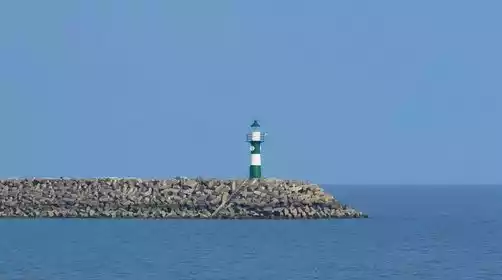Day 1 Guangzhou → Qi'ao Island → Guangzhou
08:00
Meet and sign in at Kecun Exit B (Line 3 & Line 8)
08:30
We set off on the bus. The team leader introduced the itinerary and precautions to everyone along the way, and arranged ice-breaking games. Everyone laughed and talked all the way.
10:30
Arrive at the Qi'ao Island parking lot and head to Baishi Street, a 2-kilometer-long street paved with granite slabs. Take a leisurely stroll through the island's narrow paths, where you'll find reflections of the islanders' artistic and classical lifestyles everywhere: vast banana leaves, wall-to-wall oyster shells, fruit-laden trees, and the quiet, fresh air—a truly tranquil and beautiful place. The winding alleys here hold many surprising little delights, waiting to be explored. When you're tired, find a quiet cafe for tea and a flower-viewing experience.
12:00
At lunchtime, you can enjoy local delicacies at various private restaurants in the village, or you can bring your own lunch and eat at the rest area.
1:30 PM
In the afternoon, we went to the bicycle rental office to pick out a comfortable bike. After a test ride, we officially set off and rode to the mangrove wetland. We parked at the entrance and walked inside to explore some beautiful things. The flowers and plants in the mangroves and the crabs walking around were very cute.
After leaving the mangroves, take a drive along the coastal road, run to the beach and step into the water barefoot, and you can also check in the artistic small lighthouse on the beach.
5:00 PM
In the evening, we returned to the bicycle shop to return the bike, and then took the bus back to Guangzhou. The sunset over the sea gave us a gentle farewell.
We returned to Guangzhou and disbanded around 19:30, ending our leisure and literary journey.






